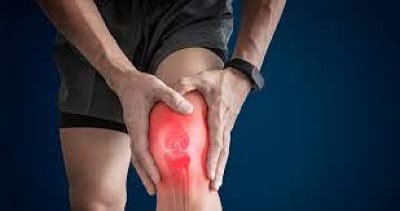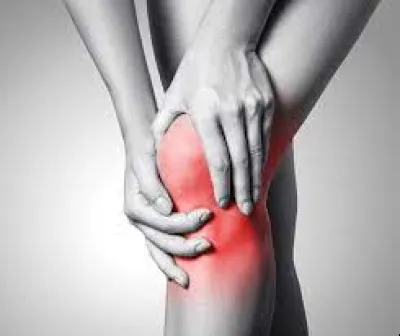Whether caused by arthritis, injury, or age-related wear and tear, finding effective relief is essential for maintaining mobility and comfort. Fortunately, there are several strategies and treatments available that can help alleviate joint pain and restore your active lifestyle.
Understanding Joint Pain
Joint pain occurs when there is inflammation or damage to the joints, which are the connections between bones that allow for movement. The most common causes of joint pain include osteoarthritis, rheumatoid arthritis, gout, bursitis, and injuries such as sprains or fractures. Regardless of the cause, the pain can range from mild to severe and may be accompanied by stiffness, swelling, and reduced range of motion.

Effective Treatments for Joint Pain Relief
1. Over-the-Counter Pain Relievers
Nonsteroidal anti-inflammatory drugs (NSAIDs) like ibuprofen and naproxen are commonly used to reduce inflammation and alleviate joint pain. Acetaminophen is another option that can help manage pain, although it does not have anti-inflammatory properties.
2. Topical Pain Relievers
Creams, gels, and patches containing ingredients like menthol, capsaicin, or lidocaine can be applied directly to the affected joints for localized pain relief. These products work by numbing the area, reducing inflammation, or blocking pain signals.
3. Physical Therapy
A physical therapist can design an exercise program tailored to your specific needs. Regular, gentle exercises that focus on strengthening the muscles around the joints can improve flexibility, support joint function, and reduce pain. Low-impact activities like swimming, cycling, and yoga are particularly beneficial for joint health.
4. Weight Management
Maintaining a healthy weight is crucial for reducing stress on weight-bearing joints like the knees, hips, and spine. Even a small reduction in weight can significantly decrease joint pain and improve mobility.
5. Hot and Cold Therapy
Applying heat to stiff or aching joints can help relax muscles and increase blood flow, which may reduce pain and stiffness. Cold therapy, such as ice packs, can be used to numb sharp pain and reduce inflammation.
6. Dietary Supplements
Certain supplements like glucosamine, chondroitin, omega-3 fatty acids, and turmeric have been shown to support joint health and reduce inflammation. However, it’s important to consult with a healthcare provider before starting any new supplement regimen.
7. Medical Treatments
In some cases, more advanced treatments may be necessary. Corticosteroid injections can provide temporary relief by reducing inflammation in the joint. Hyaluronic acid injections are another option, particularly for osteoarthritis, as they can help lubricate the joint and improve movement. In severe cases, surgical interventions like joint replacement may be considered.
Lifestyle Changes for Long-Term Relief
In addition to the above treatments, making certain lifestyle changes can help manage and prevent joint pain in the long term. Staying active with regular exercise, eating a balanced diet rich in anti-inflammatory foods, and avoiding activities that put excessive strain on your joints are all important steps in maintaining joint health.
1. Stay Active
While it might seem counterintuitive, staying active is one of the best ways to manage joint pain. Regular movement helps keep the joints flexible and strengthens the muscles around them, providing better support. However, it’s important to choose activities that are gentle on the joints, such as swimming or cycling, to avoid further injury.
2. Follow an Anti-Inflammatory Diet
Incorporating foods rich in omega-3 fatty acids, such as fish, flaxseeds, and walnuts, can help reduce inflammation in the body. Additionally, consuming plenty of fruits, vegetables, and whole grains provides the necessary nutrients for overall joint health.
3. Protect Your Joints
If you have a job or hobby that requires repetitive motions or heavy lifting, take steps to protect your joints. This could involve using ergonomic tools, taking regular breaks, or modifying your technique to reduce strain.
